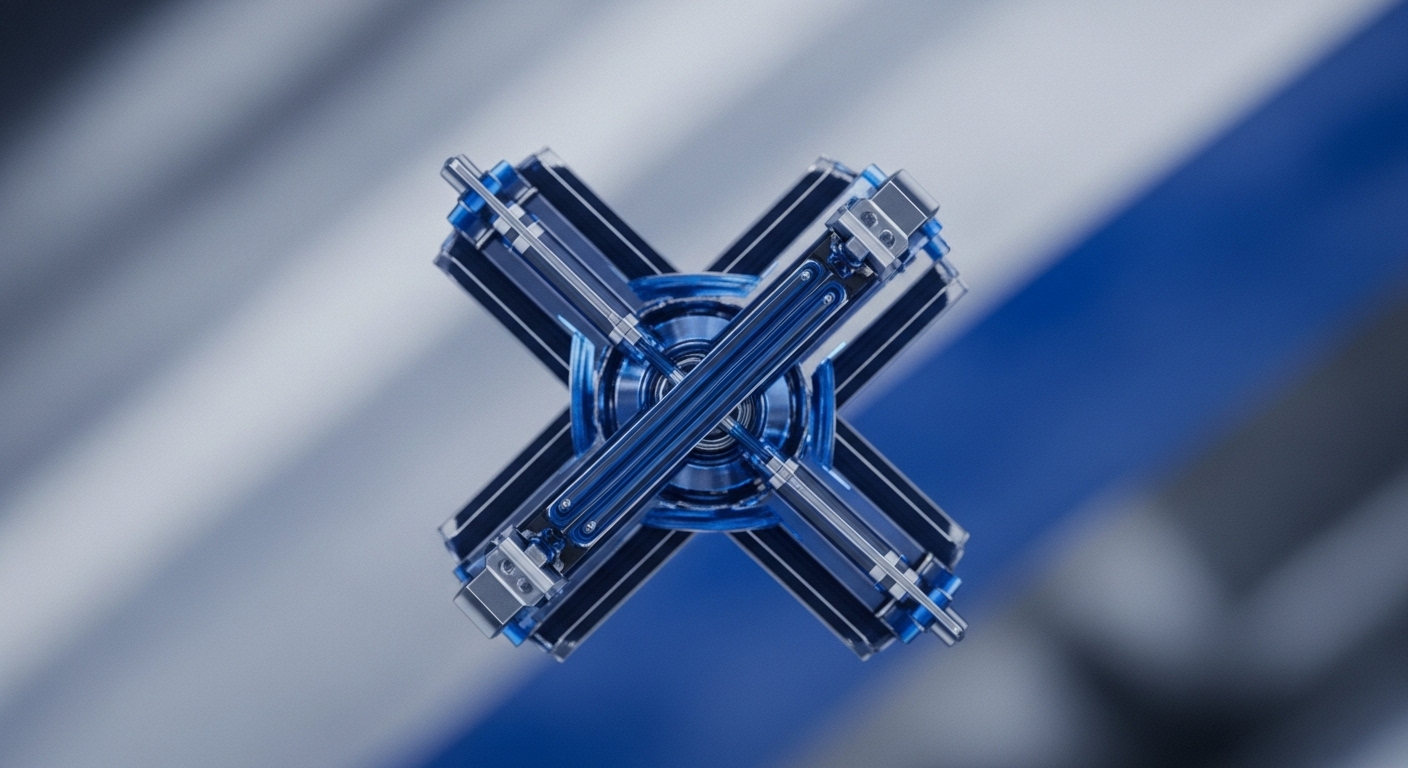
Briefing
The launch of 0G Labs’ Aristotle Mainnet fundamentally re-architects the decentralized AI vertical by introducing a modular Layer-1 specifically optimized for verifiable AI computation. This infrastructure immediately addresses the scalability bottleneck that has historically constrained DeAI applications, effectively transforming AI from a proprietary Big Tech resource into a high-throughput, open public good. The network’s strategic positioning is quantified by its robust launch ecosystem, featuring over 100 partners and achieving a verified throughput of 11,000 transactions per second (TPS).

Context
Prior to the Aristotle Mainnet, the decentralized application landscape for AI was fragmented and bottlenecked by generic blockchain infrastructure. Existing Layer-1 and Layer-2 solutions were not architecturally optimized for the high data-availability and low-latency requirements of complex AI models, leading to prohibitive costs and slow execution. This product gap meant that most advanced AI development remained confined to centralized, opaque silos, preventing the creation of truly open, verifiable, and composable AI agents and services on-chain.

Analysis
The Aristotle Mainnet alters the application layer by unifying decentralized storage, compute, and data availability into a single, high-performance modular operating system. This architecture creates a direct chain of cause and effect ∞ the 11K TPS capability lowers the marginal cost of verifiable AI inference, which in turn incentivizes developers to migrate complex models onto the chain. For end-users, this means access to AI services that are not only faster but also provably transparent, as the computation is secured by zero-knowledge proofs. Competing protocols focused on general-purpose computation will face pressure to either adopt similar modular designs or integrate with 0G’s infrastructure to leverage its specialized AI compute, thereby building a powerful network effect around the core primitive.

Parameters
- Key Metric ∞ 11,000 Transactions Per Second (TPS) ∞ The verified throughput capacity of the Aristotle Mainnet, demonstrating readiness for global-scale AI applications.
- Ecosystem Scale ∞ Over 100 Day-One Partners ∞ The immediate network of infrastructure providers, wallets, and DeFi protocols supporting the mainnet launch.
- Capital Raised ∞ $65 Million Total Funding ∞ The combined capital secured through $35M in equity rounds and $30M from node/token subscription sales, validating strong market demand for the infrastructure.

Outlook
The immediate strategic outlook centers on leveraging the day-one ecosystem to bootstrap developer activity and establish a dominant market position in the DeAI infrastructure layer. The next phase will involve the proliferation of AI-native dApps that use 0G’s verifiable computation as a foundational primitive for prediction markets, autonomous agents, and on-chain risk management. This modular architecture is highly forkable, but the significant head start in ecosystem partnership and the established TPS benchmark create a powerful competitive moat. The protocol is positioned to become the core settlement layer for all high-throughput, verifiable AI-driven economic activity in Web3.

Verdict
The Aristotle Mainnet is a critical infrastructure upgrade, validating the thesis that specialized, high-performance Layer-1s are required to unlock the next generation of decentralized, AI-native applications.
